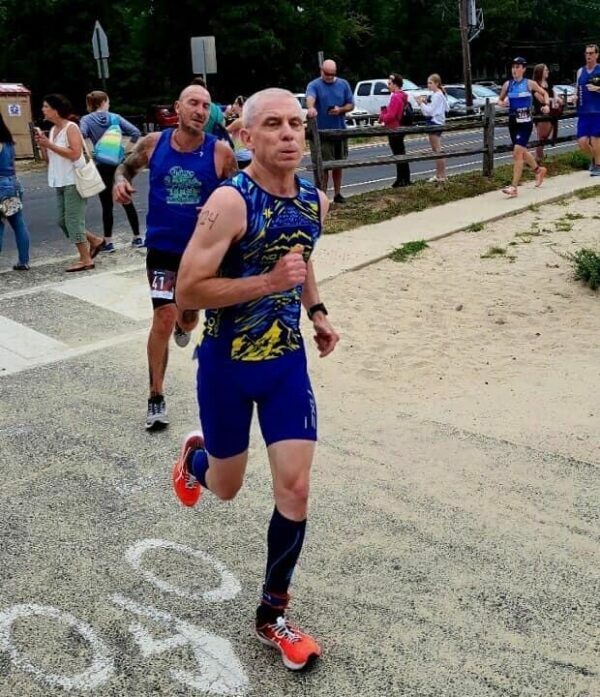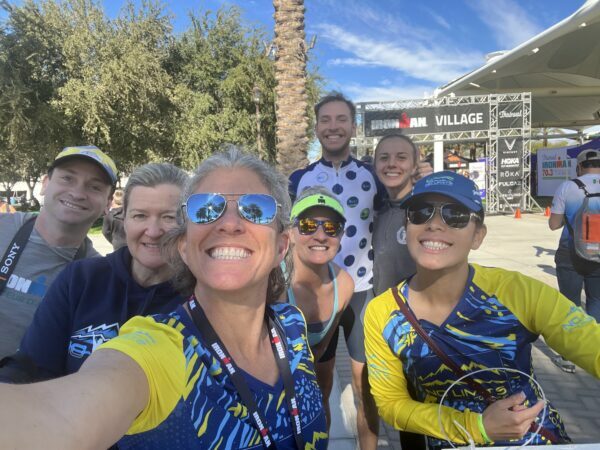An Overview of the General Preparation Phase of Training

The following are pairs of headlines I found on the internet after a simple search for “base training in endurance sport.”
- “How Base Phase Training Can Help You Run Faster” versus “Why Base Training in Winter Will Never Make You Fast”
- “High Volume, Low Intensity Base Training Is the Way to Your Best Race Season” versus “Why High Intensity Beats Base Training”
- “Bigger is better: How to Build An Aerobic Base” versus“Base Training: Myth or Must?”
You may read through these articles and headlines, and scratch your head. What the heck?!? Should I go long and easy, or short and hard? Like all complicated questions, the answer to base or not to base is: “It depends.” None of these articles are right or wrong – but their application will depend on the type of race you are doing and your athletic history.
With this article, I aim to reduce the confusion about the general preparation phase of training.
General Preparation Or Base Training?
Periodized training is designed to develop optimal fitness for your “A” race(s) of the season by going from least to most race-specific training. General preparation phase includes the least race-specific training (other than post and pre-season). General preparation creates a foundation – yes. But, it doesn’t necessarily have to be a high volume foundation. Speed or strength can serve as a foundation as well.
Just as buildings have different types of foundations – so does your training. The nature of your foundation depends on the type of race structure you need to build later in the season.
As I see it, much of the confusion comes when some use the phrase base training as a synonym for general preparation. Base training is a type of general preparation that is applied in a linear or traditional periodization plan, which includes 2-3 months of high volume, low intensity training. This is an endurance-oriented foundation.
For some athletes, a big base of volume in the early season is exactly the right type of foundation. But, for others, high intensity intervals are the way to go. Any kind of training can be general preparation, it just depends on the energy systems and training adaptations the athlete needs to develop first before they move on to developing race specific skill sets.
Reverse Linear Progression
Not all plans follow a linear/traditional periodization plan. For example, another type of periodization follows a reverse linear progression, in which the general preparation phase involves shorter, more intense training and then eventually gives way to longer aerobic efforts during the specific preparation phase. This reverse linear plan may actually work better for long course athletes than the traditional, linear progression model. Whereas the traditional periodized approach may work better for short course athletes. (Of course, I can point you to many case studies where we prove this general statement incorrect! This is where individualization to the athlete comes into play. But that is another article!)
General Preparation Objectives
Training cycles have broad goals, such as endurance building, strength development, or speed skills. Similarly, each workout you do within a cycle will have a specific objective related to the broader goals of that training cycle. General preparation is designed to broaden an athlete’s skills and abilities. It prepares the athlete for more race-specific training to come later in the season, which seeks to deepen an athlete’s ability to meet or exceed the demands of race day. More specifically, your individual objectives for general preparation are going to depend on your “A” race and goals for that race, as well as your athletic history and unique strengths and areas of opportunity.
The Details of General Preparation are Unique to You
The details of what is “general” for one athlete may be “specific” for another. For example, if you are a relatively newer endurance athlete, preparing for your first long course triathlon or marathon, your general preparation may be focused on developing the strength and durability to withstand the longer duration of those races. Endurance takes a long time to develop, relative to speed skills, so extending the period for building is often necessary for newer athletes.
By comparison, if you are a more experienced endurance athlete, with several years of experience at long course, your general preparation may be more focused on broadening abilities related to VO2max and lactate threshold. Since you already have extensive, year-over-year endurance, you may have more options for how to broaden your base, by incorporating higher intensity work.
For short course athletes, such as sprint or olympic triathletes, or 5k to half marathon runners, general preparation may follow a traditional approach of endurance development. This can support the speed and strength work to come in the race-specific phase, while avoiding the athlete from doing too much high intensity. As an athlete gets more experience, it may be possible and advisable to incorporate an undulating periodization model, which includes working a variety of training objectives during each training cycle. So, general preparation still focuses on broadening an athlete’s skills, but in a way that incorporates variety.
Similar to pre-season, general preparation is a great time to work on specific skills, by incorporating a variety of drills into your sessions. This is beneficial for any athlete of any skill level. Who doesn’t want to go faster for the same effort? No matter how talented you are, you can always find ways to increase efficiencies by improving motor skill patterns (all sports), working on force production for speed (all sports), or improving handling (bike).
You are an N=1
Let’s return to those articles that seem to contradict each other about general preparation or “base” training. Given all the individual variables for your training and race season, we can see that these principles aren’t contradictory so much as they are about what is relevant for you.
For some athletes, a general prep period focused on high intensity training makes the most sense. They may be experienced endurance athletes who need to stoke their fire, or masters’ athletes who need to incorporate a dose of anaerobic efforts on the regular. They may be time-constrained athletes who can’t do big volume training. For other athletes, a high volume, low intensity base period is the perfect fit to grow their endurance and durability, as that is the best way to broaden their ability. For other athletes, the best approach is some combination of training objectives. There are multiple headlines because there are multiple possibilities.

Suffice to say there is no one right way to structure a general preparation period. It will depend on the unique characteristics that make you an N of 1.
